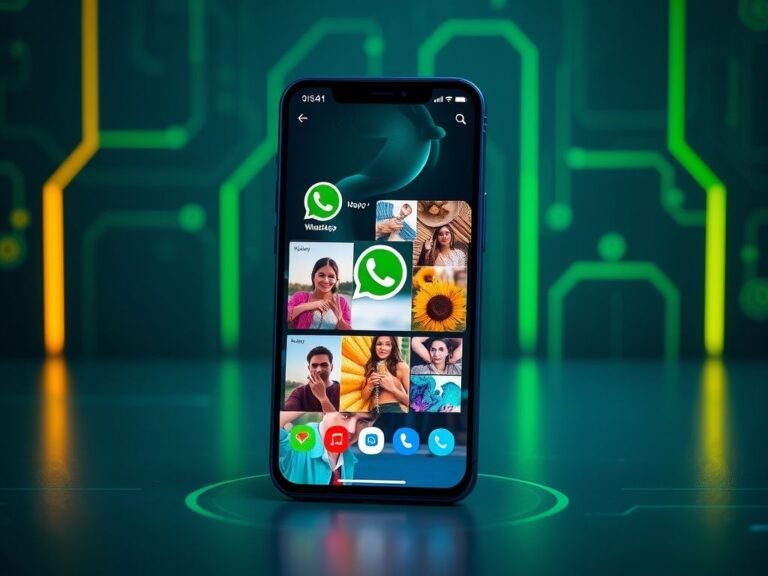
Forget Headphones – This New Sound Tech Brings Audio Straight to Your Ears
What if you could play music or a podcast out loud and only you could hear it — without headphones or earbuds? That’s exactly what a team of researchers at Penn State University has been working on, and their findings could change the way we think about personal audio .
Led by Professor Yun Jing , the team developed a system that creates “audible enclaves” — invisible zones where sound can only be heard in one specific location . This means you could be standing just a few feet away and hear absolutely nothing .
🔊 How It Works: Ultrasound + Smart Sound Bending
The technology relies on a clever combination of ultrasound and acoustic metasurfaces — specially designed lenses that can bend sound waves with extreme precision.
Here’s the basic idea:
- Two ultrasonic beams are sent along curved paths in the air
- These beams meet at a single point
- When they intersect, they create audible sound — but only at that exact spot
Professor Jing explains:
“The person standing at that point can hear the sound clearly, while anyone nearby hears nothing. It’s like creating a private listening zone in the air.”
🧪 Building the System: From Theory to Real-World Test
The system includes:
- Two ultrasonic speakers
- 3D-printed metasurface lenses designed by Xiaoxing Xia from Lawrence Livermore National Lab
Each beam has a slightly different frequency , and when they meet, the sound becomes audible through a local reaction — without either beam being loud on its own.
To test the idea, the team used a simulated head and torso dummy with microphones inside the ears , along with a third microphone to scan the surrounding area.
They confirmed that sound was only audible at the exact point of intersection , proving the concept of the “audible enclave” works in real life.
🧠 Key Advantages of the Technology
This system has several benefits over traditional audio setups:
- Works across a wide range of frequencies (125 Hz to 4 kHz — covering most human hearing range)
- Performs well even in echo-prone rooms
- Compact design (about 16 cm — roughly the size of a pencil case)
- No interference between sound zones , meaning multiple people can have private audio experiences in the same room
Jia-Xin Zhong, one of the researchers, compares it to a “virtual headset” — a headset that doesn’t exist physically, but works just as well.
🚗 Practical Uses: From Cars to Classrooms
While the current system can project sound up to about one meter , with volume around 60 decibels (similar to normal conversation), the team believes they can improve both range and loudness using stronger ultrasound .
Potential applications include:
- Private audio in open offices
- Personalized entertainment in cars
- Targeted announcements in public spaces
- Classroom learning without disturbing others
🌟 The Future of Personalized Sound Is Here
This isn’t just a lab experiment — it’s a real-world solution to a common problem: how to deliver sound exactly where it’s needed — and nowhere else .
For audiophiles, tech enthusiasts, and sound engineers, this could open the door to entirely new ways of experiencing audio — without wires, headphones, or noise complaints.
📚 Source & Reference
- Published by: Penn State University
- Study published in: Proceedings of the National Academy of Sciences (PNAS)





